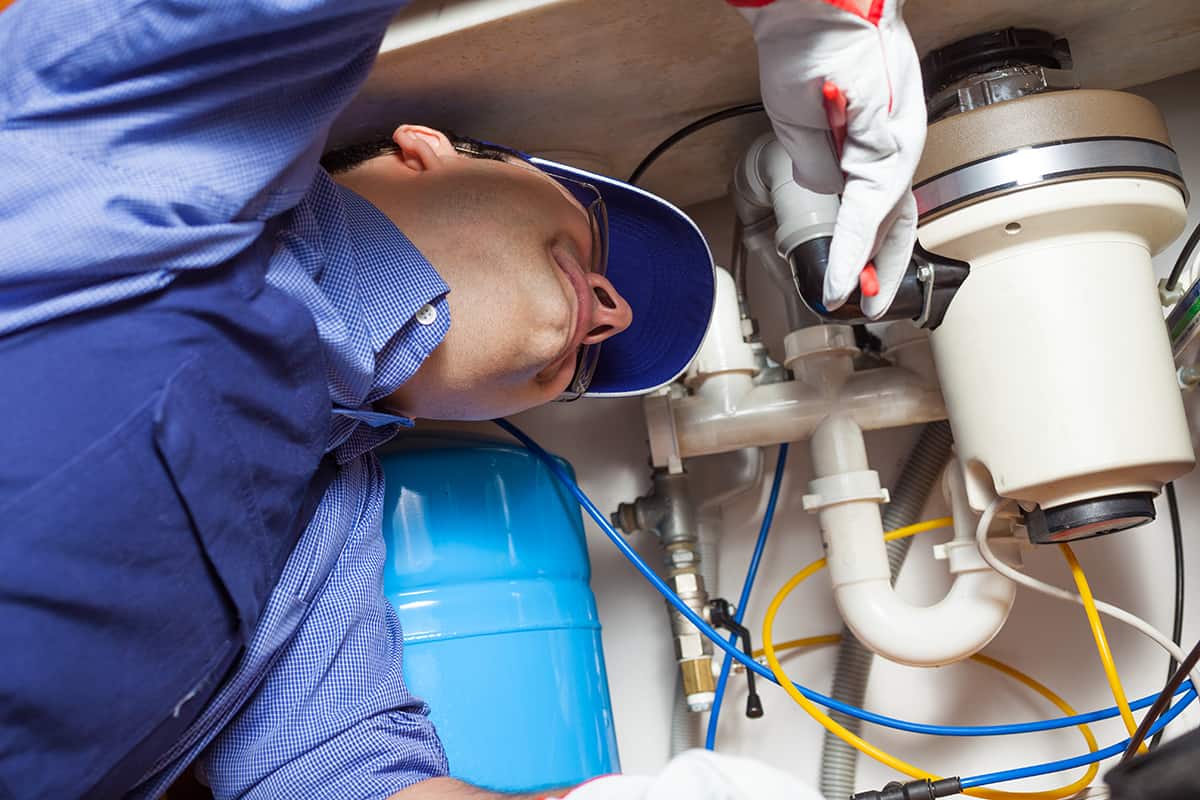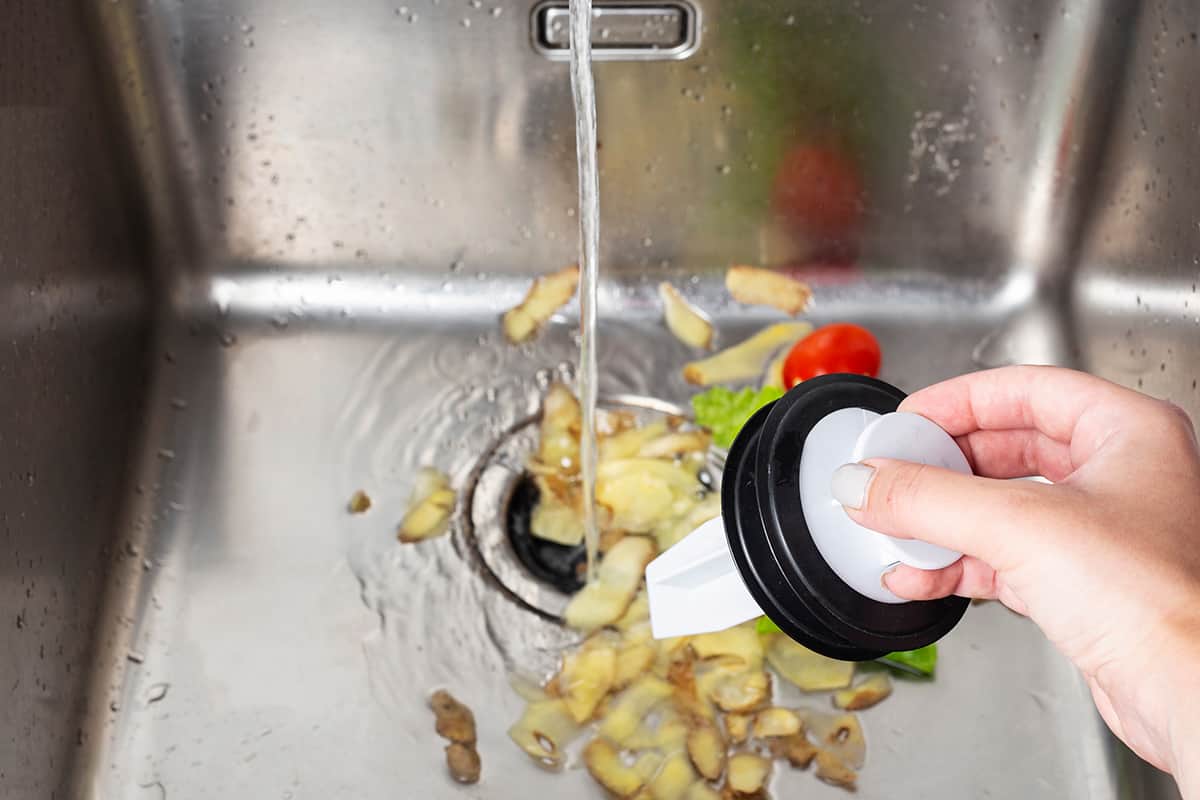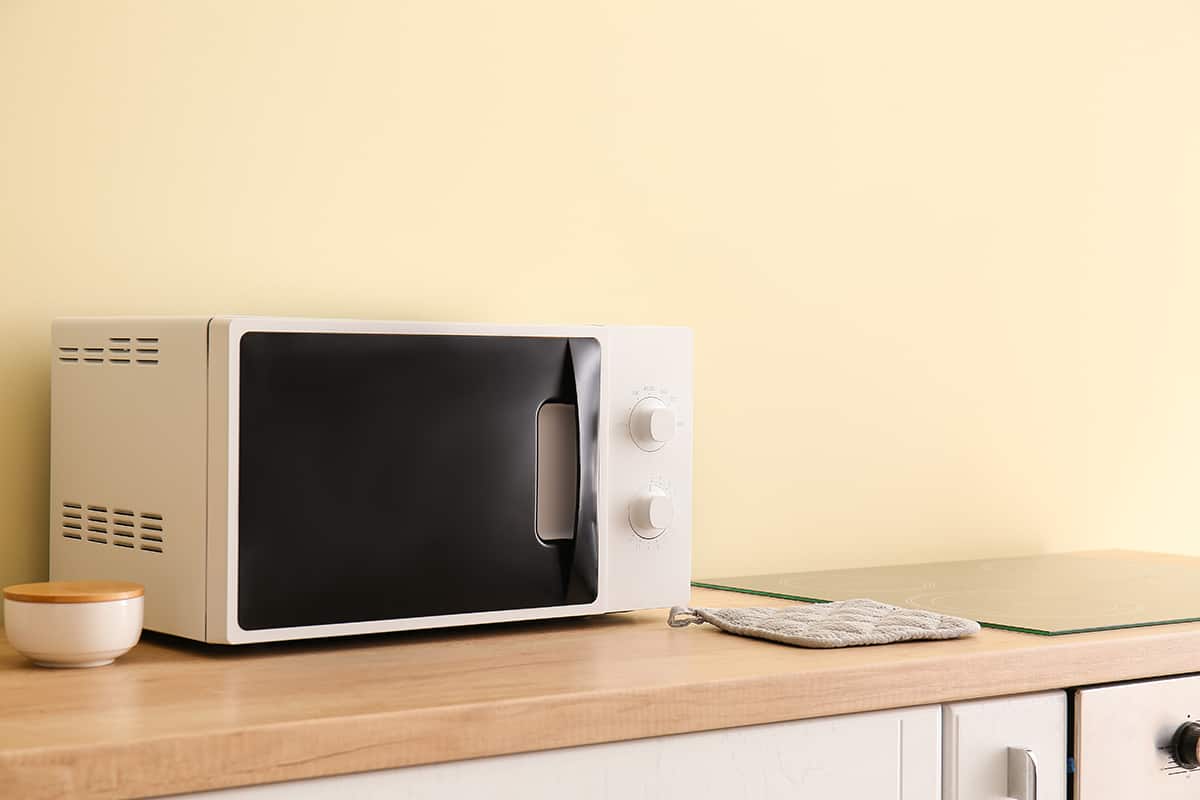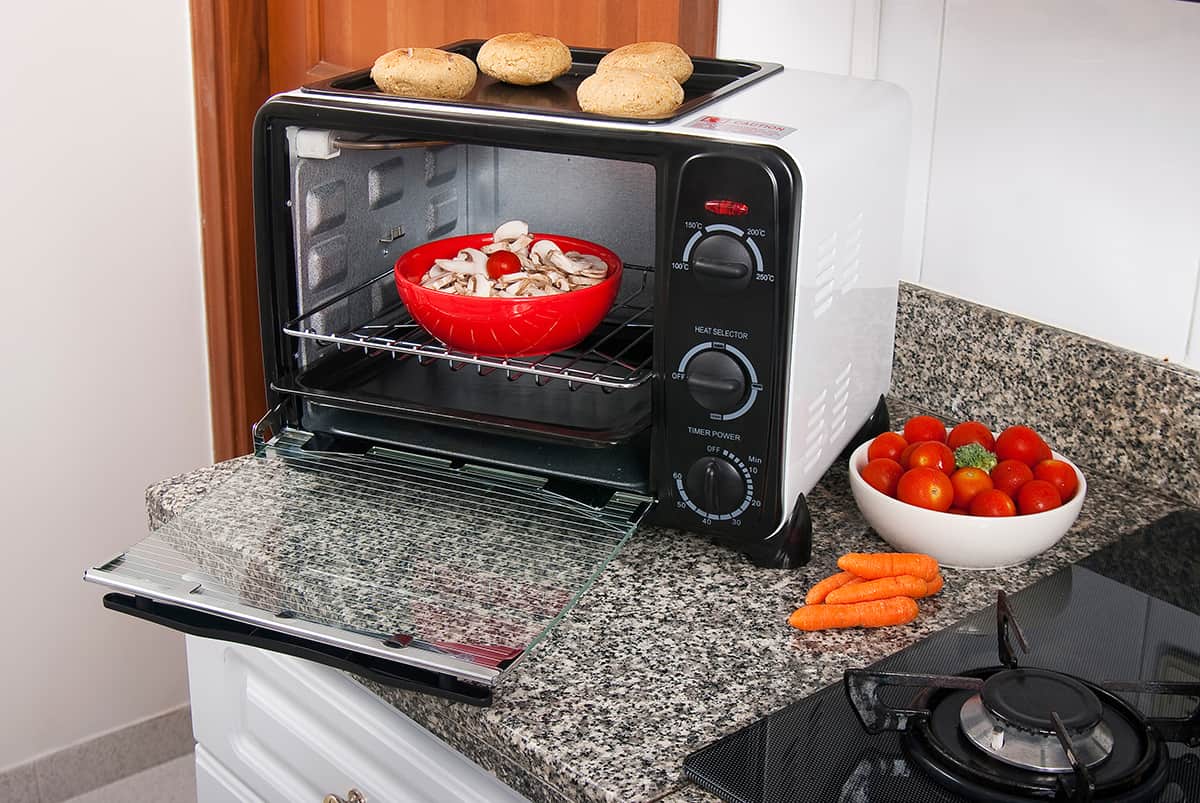Garbage disposals offer all sorts of benefits, including reducing the amount of trash you have to deal with and getting rid of smelly kitchen odors. However, like any kitchen appliance, you should be aware of how to use it to avoid causing permanent damage to its components. So, how long should you run the garbage disposal?
If your garbage disposal doesn’t come with an auto-stop feature, you should manually run it for 30 to 60 seconds at most. Leaving it running for longer periods of time may cause irreparable damage to the motor and blades.
There is still a lot more we can learn about garbage disposal maintenance. Below, I’ll discuss how long you should run the garbage disposal, what happens if you leave it running for too long, how you can unclog the garbage disposal, and what the garbage disposal can and cannot break down.
How Long Should You Run the Garbage Disposal?
A good way to figure out how long you should run the garbage disposal is by reading the instruction manual cover to cover. The manufacturer will explain in great detail how you can properly use and take care of the garbage disposal so as to avoid causing irreversible damage.
On average, you should only run the garbage disposal for 30 seconds. That should give it plenty of time to break through food scraps without wearing the motor and blades out too quickly.
However, if you have to cut through large amounts of scraps, then you could leave the garbage disposal running for up to 60 seconds at most. Just make sure you run cold water from your kitchen faucet into the drain to thoroughly lubricate the blades, which will allow them to pulverize food remnants more efficiently.
What Happens If Run the Garbage Disposal for Too Long?
There are two major consequences of running the garbage disposal for too long—namely, the motor will overheat and the blades will wear down.
The longer you leave the garbage disposal running, the more the motor needs to work and the more heat it will begin to produce. Running the garbage disposal for too long may cause excessive heat damage, which could destroy the motor beyond repair.
In addition, you will have to worry about the garbage disposal’s blades wearing down more quickly. This is especially true if the blades have trouble cutting through thick pieces of meats, root vegetables, eggshells, and other hard-to-handle scraps you have dropped down the drain.
Here are some of the most common symptoms that may occur if you leave the garbage disposal running for too long.
- Burning smell
- Longer cutting times due to dulled blades
- Leakage
- Foul odors coming from the drain
- Frequent clogging
- Constant restarts
- No power
Now, what do you do when your garbage disposal cannot handle the food waste in 60 seconds or less? After turning off the garbage disposal, let cool water run down the drain for 15 to 30 seconds. Only then can you restart the garbage disposal for another 30 to 60 seconds. Do this repeatedly until all of the scraps have been thoroughly broken down.
Best Ways to Unclog a Garbage Disposal
A clogged garbage disposal can be inevitable at times. So, you should know how to unclog your garbage disposal without overworking the motor and blades. But before doing anything, make sure you turn off the garbage disposal and disconnect all cables.
Here, I’ll describe X of the best ways to unclog a garbage disposal.
Vinegar and Baking Soda
Mix ¼ of a cup of baking soda into ½ a cup of vinegar (or use any quantity with a 1:2 ratio of the ingredients). Pour the solution down the drain and allow it to sit for up to 20 minutes undisturbed. Flush the solution with hot water before plugging in the garbage disposal and running the blades.
Plunging the Drain
Place a clamp on the dishwasher connection hose (if you have one) to stop dirty water from running through the hose and entering your dishwasher.
Next, place the sink plunger directly over your sink’s drain, making sure that there are no gaps. Begin plunging for 2 to 3 minutes before running cold water down the sink. Repeat this process 3 times before plugging in the garbage disposal and running the blades.
Manually Turn the Blades

Make sure that the garbage disposal is shut off and that the power cable is disconnected before proceeding. Use a wooden spoon or a similarly long utensil and poke it down the drain while attempting to turn the blades. There is a possibility that the blades are ineffective at breaking down food remnants because they are caked with food scraps already. Repeat these steps 2 or 3 more times before turning on the garbage disposal.
Manually Clean the P-Trap or S-Trap
The P-trap or S-trap is a pipe that is designed to capture ground food remnants. The garbage disposal may fail to grind up additional food scraps if it is full.
Place a bucket underneath the trap and, using pliers, loosen the fittings to disconnect it. Manually clean the trap before reconnecting the pipe and turning the garbage disposal back on.
What You Can and Cannot Put Down a Garbage Disposal

Here’s a quick overview of what you can and cannot put down a garbage disposal. Again, you should refer to the instruction manual to be absolutely sure of what your garbage disposal can handle.
✓ Fruit scraps
✓ Fruit pits
✓ Vegetable scraps
✓ Corn cobs
✓ Cooked meat
✓ Small fish and chicken bones
✓ Leftover food
✓ Ice
✗ Shellfish shells
✗ Grease and oil
✗ Large amounts of food scraps
✗ Large amounts of eggshells
✗ Corn husks
✗ Artichokes
✗ Uncooked pasta
Additional Garbage Disposal Maintenance Tips
- Use your garbage disposal sparingly. It should only be used as a last resort to break down food remnants. You’re better off collecting food scraps and turning them into mulch for your garden.
- Do not use bleach or drain cleaners. The harsh chemicals can break down the metal blades, rendering them useless.
- Do not pour warm or hot liquid down a clogged garbage disposal. There will not be enough heat to cut through grease and oil, and all it will do is add more to the buildup.
- Never place non-food items in the garbage disposal. Hard objects can dull out the blades, making them ineffective for pulverizing food remnants.
- Manually inspect the garbage disposal every two weeks. Doing so will allow you to get rid of any buildup, which could become full-blown clogs in the near future.






